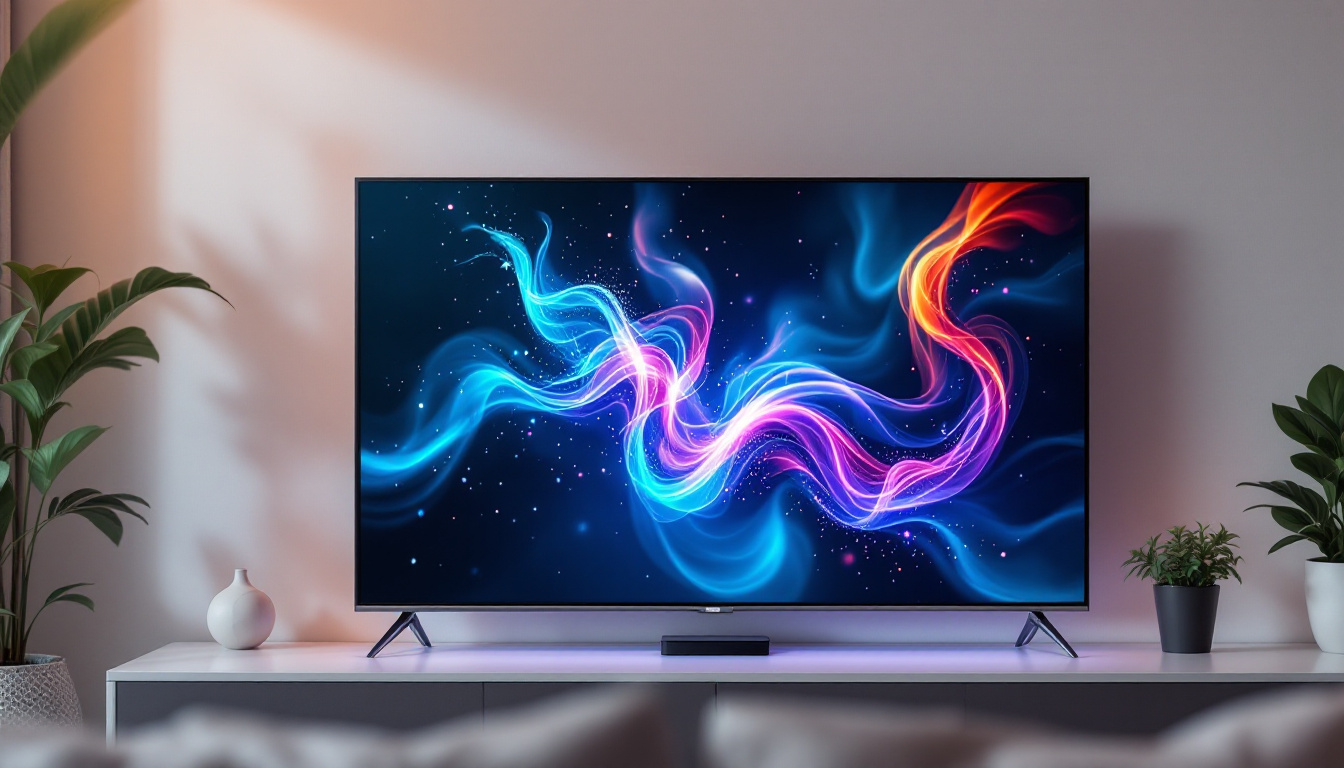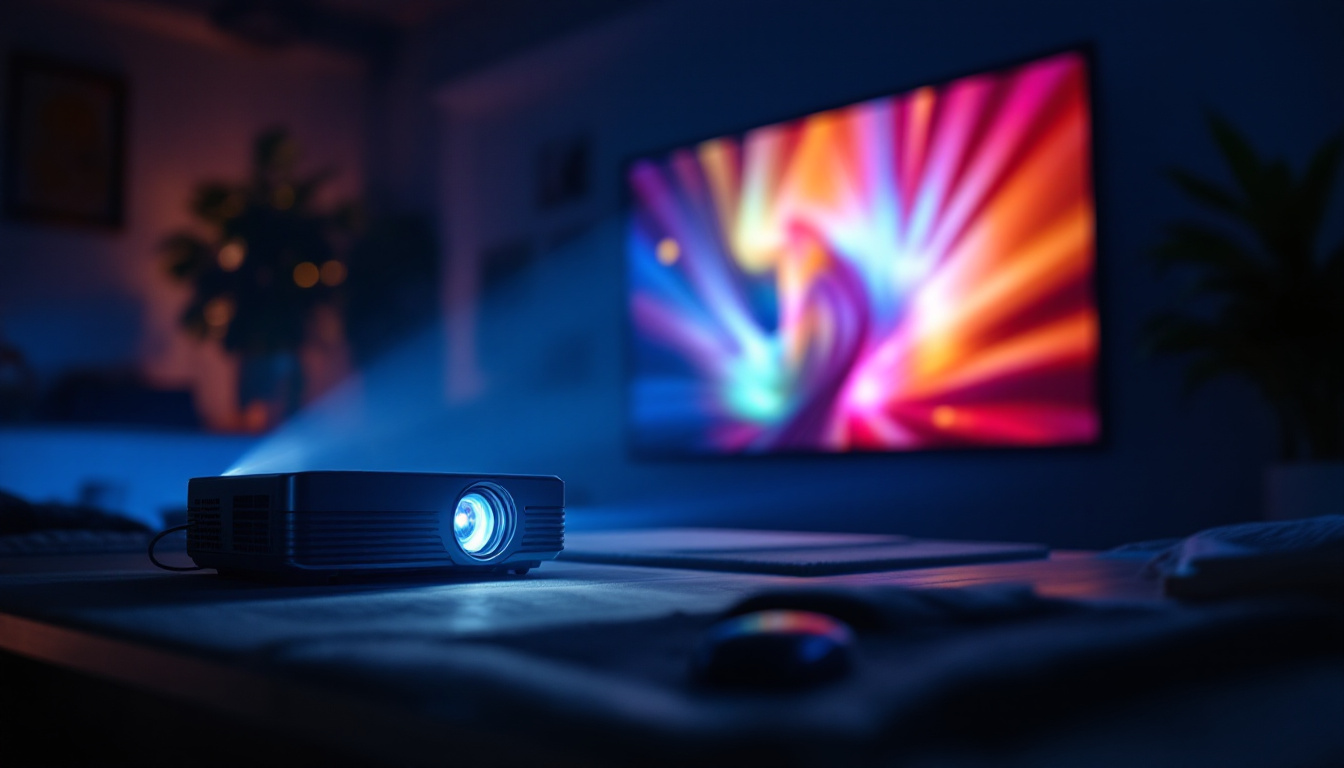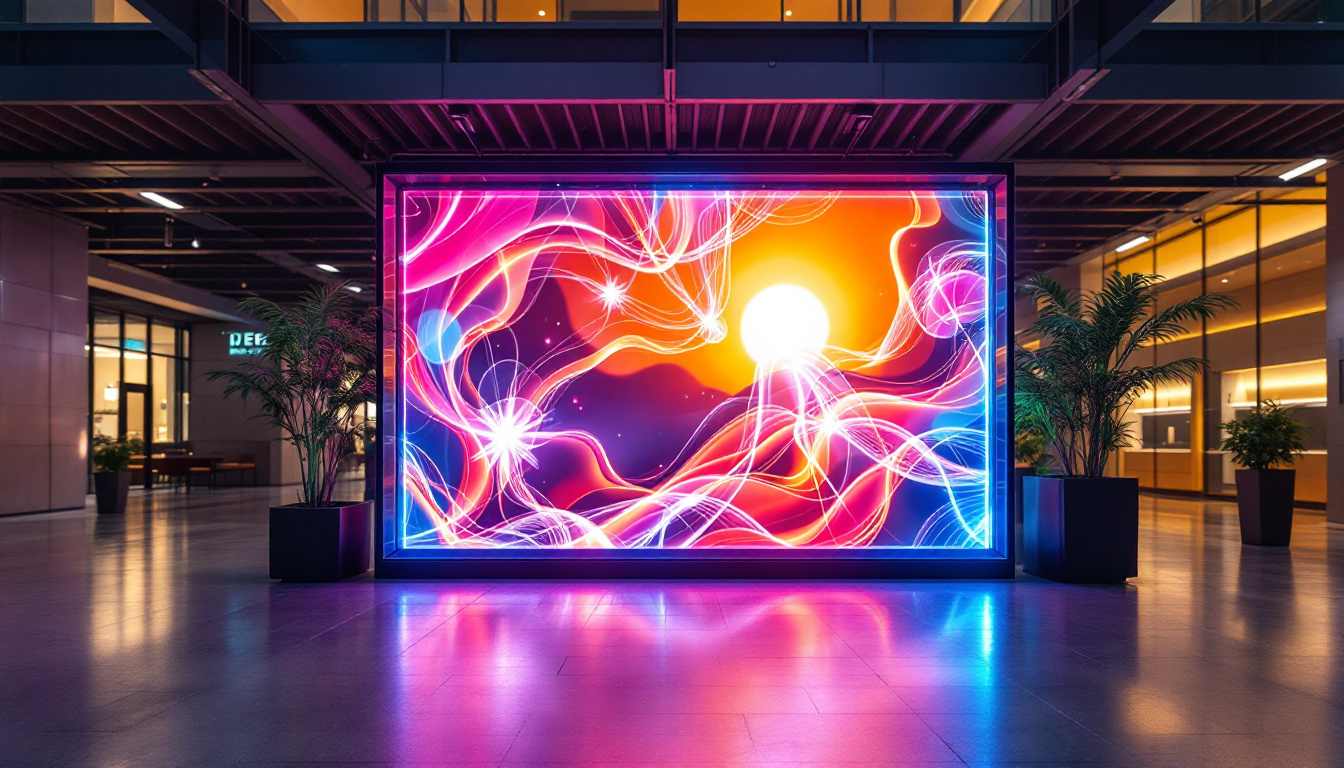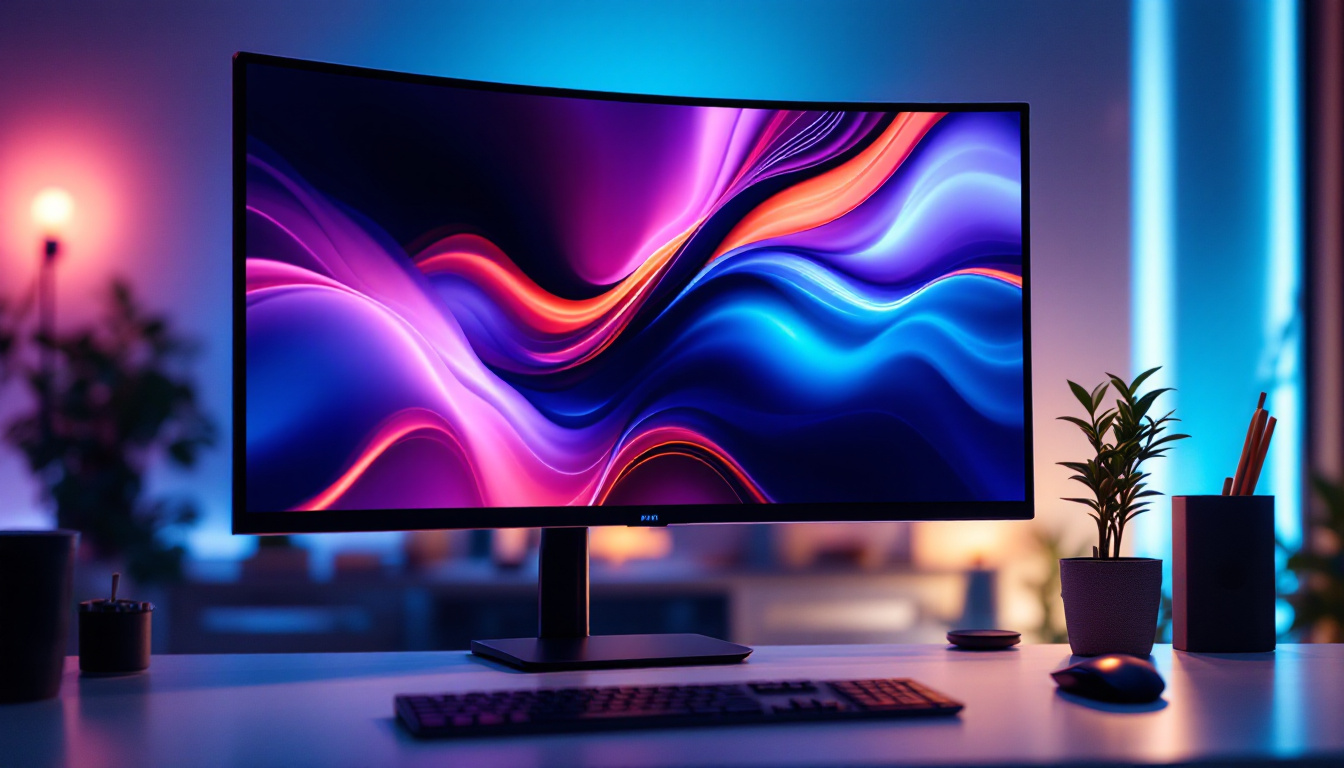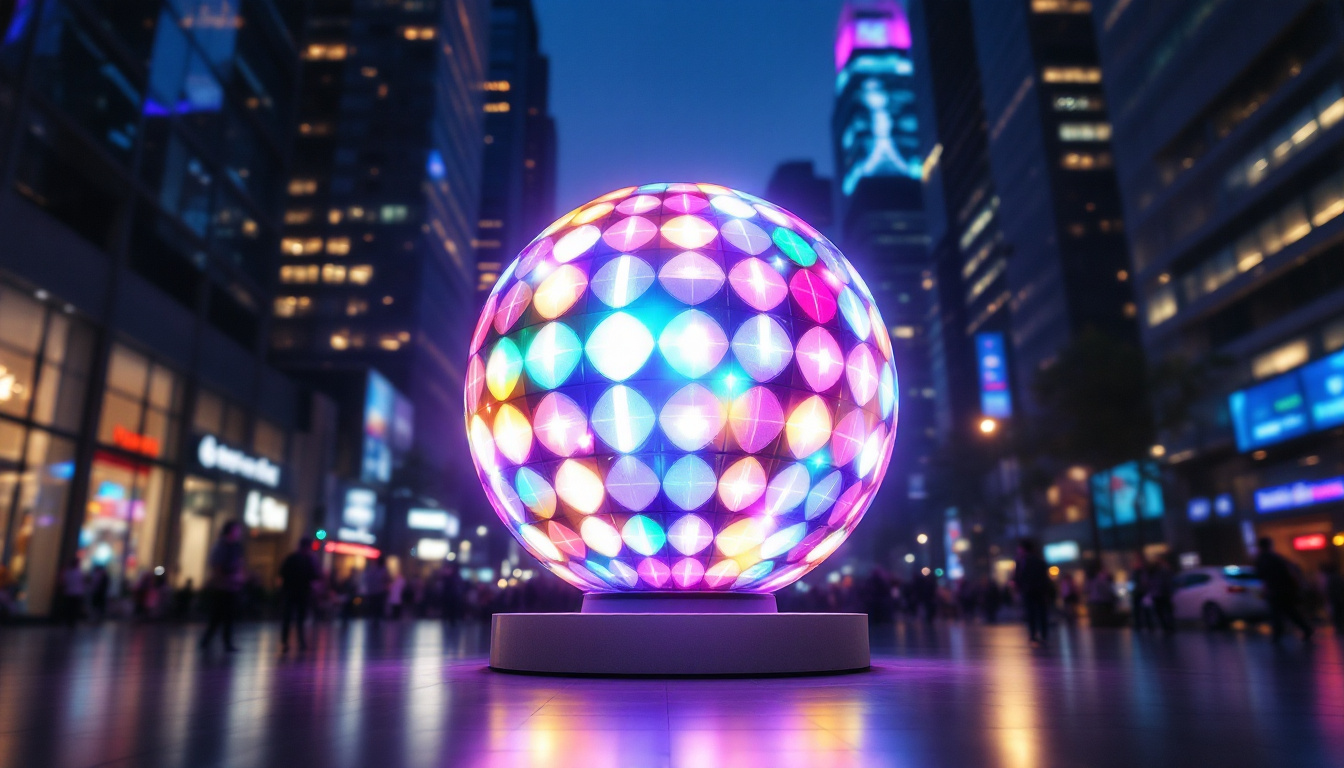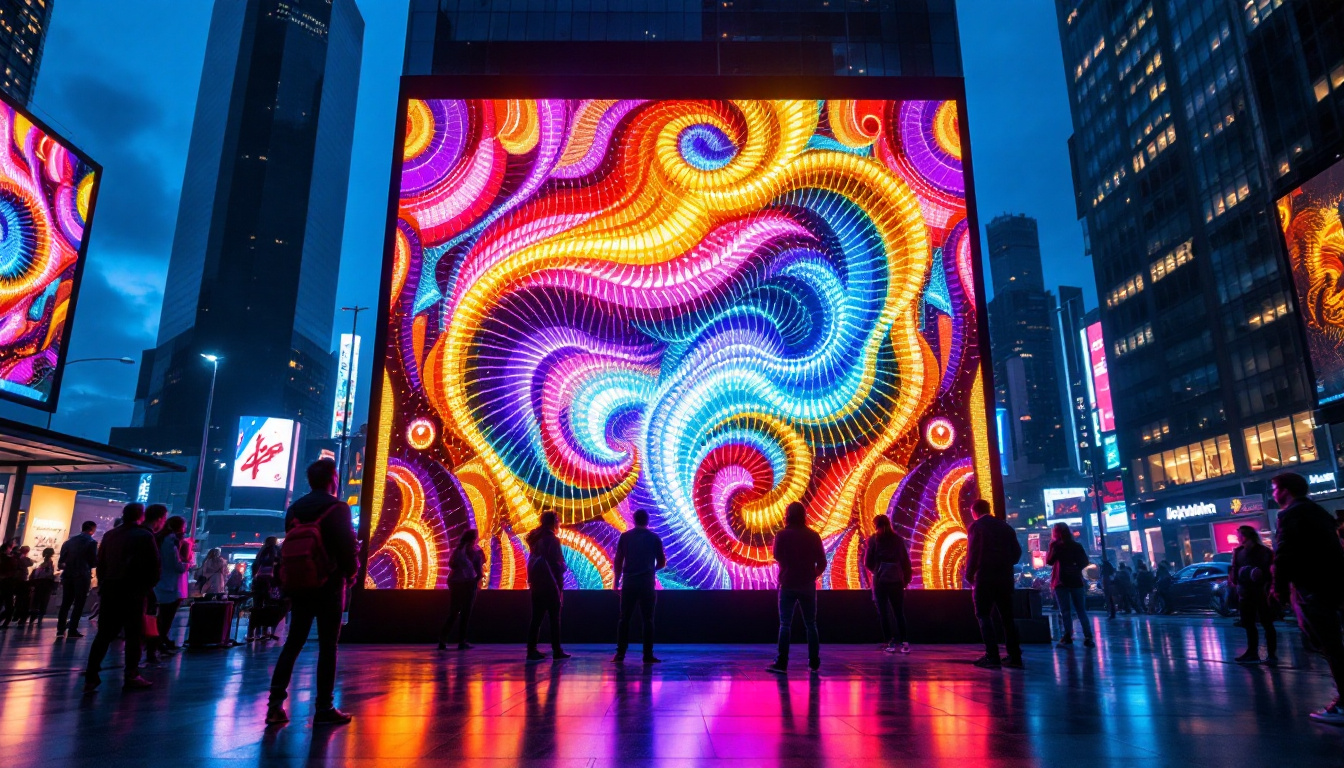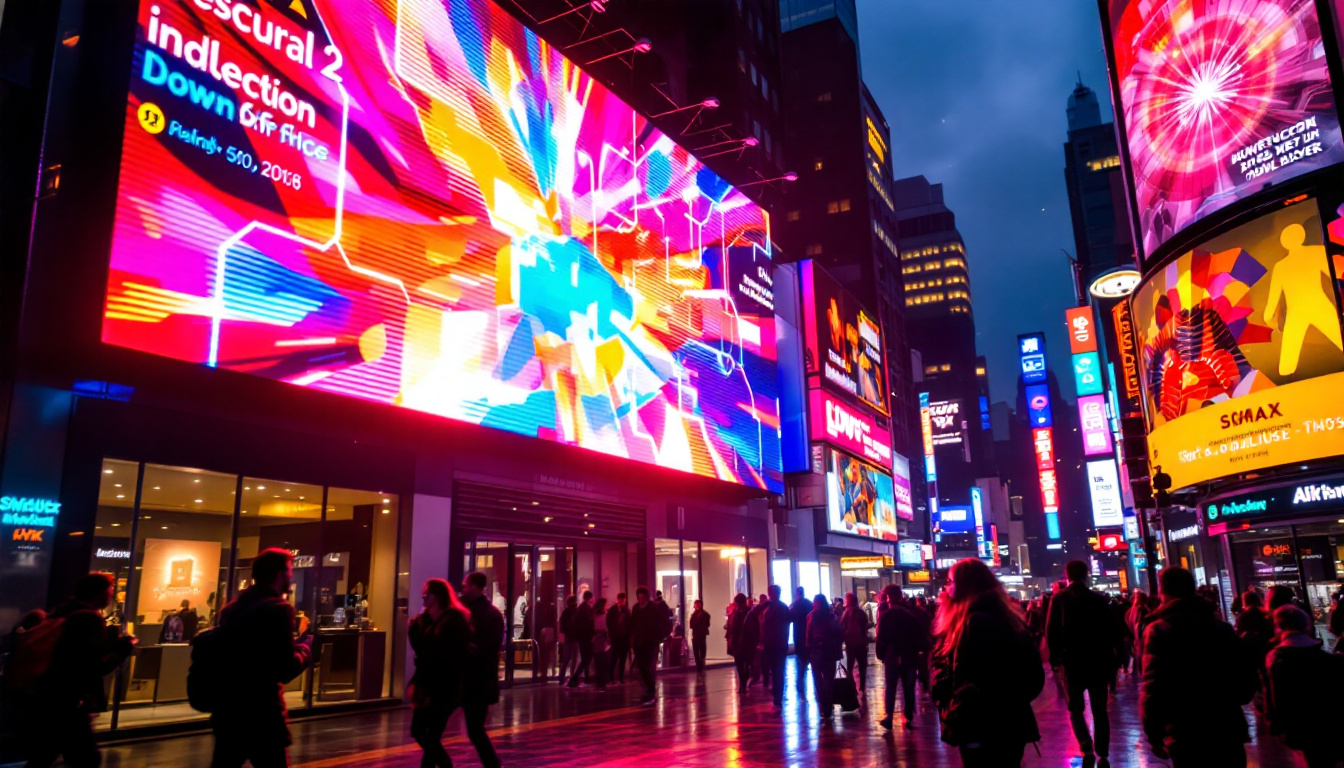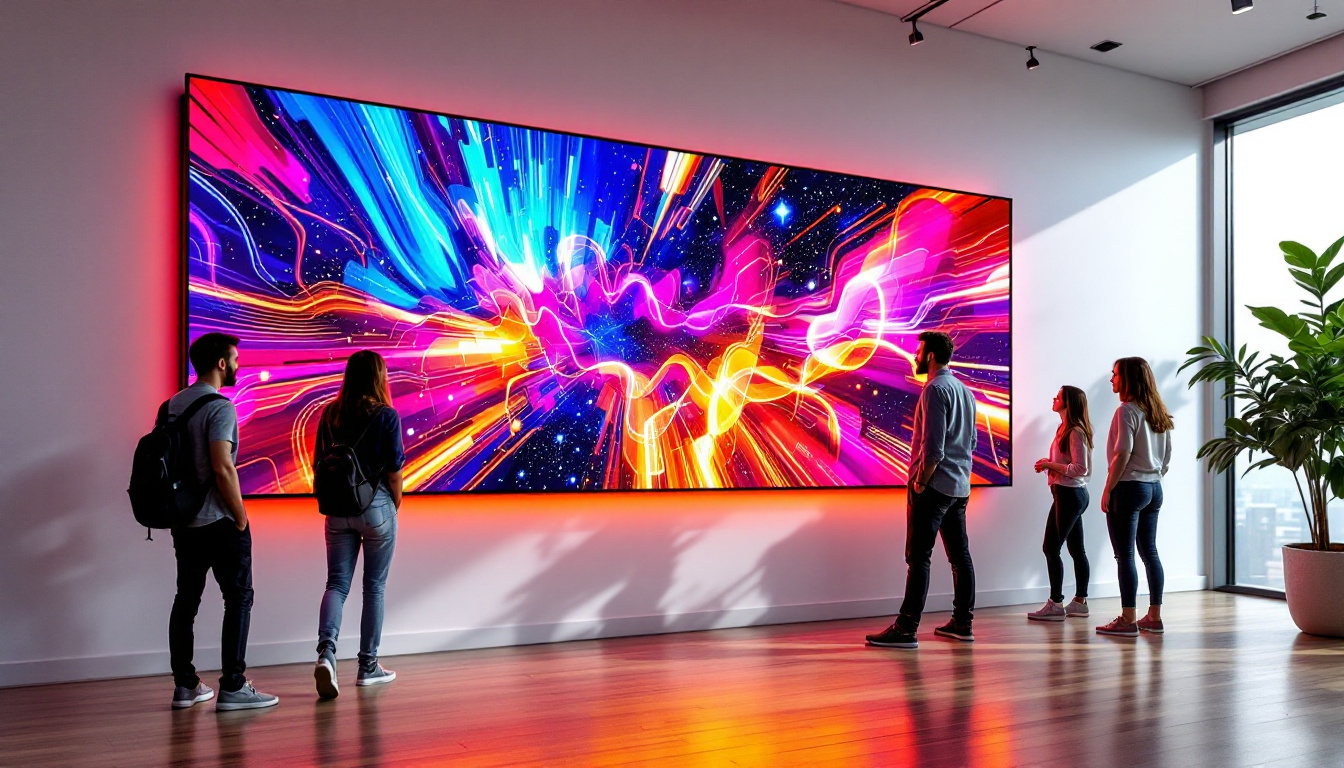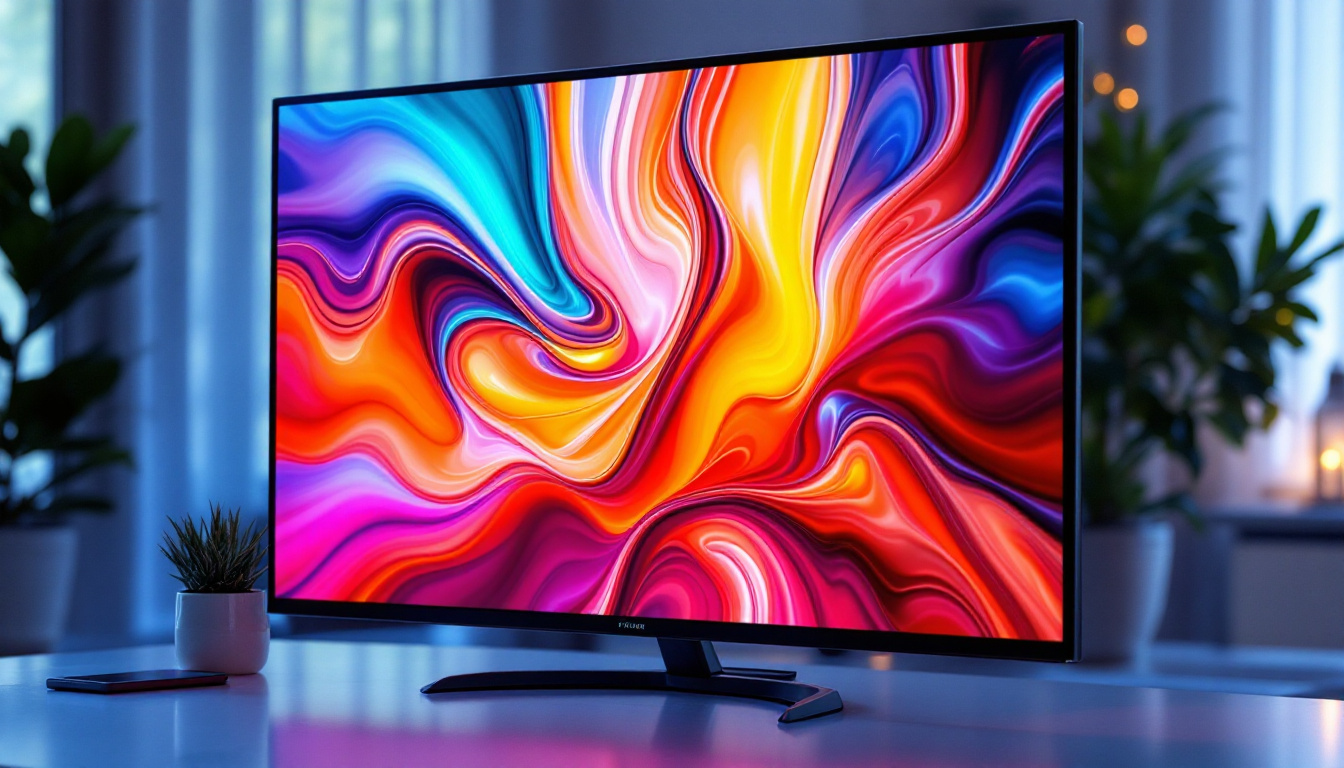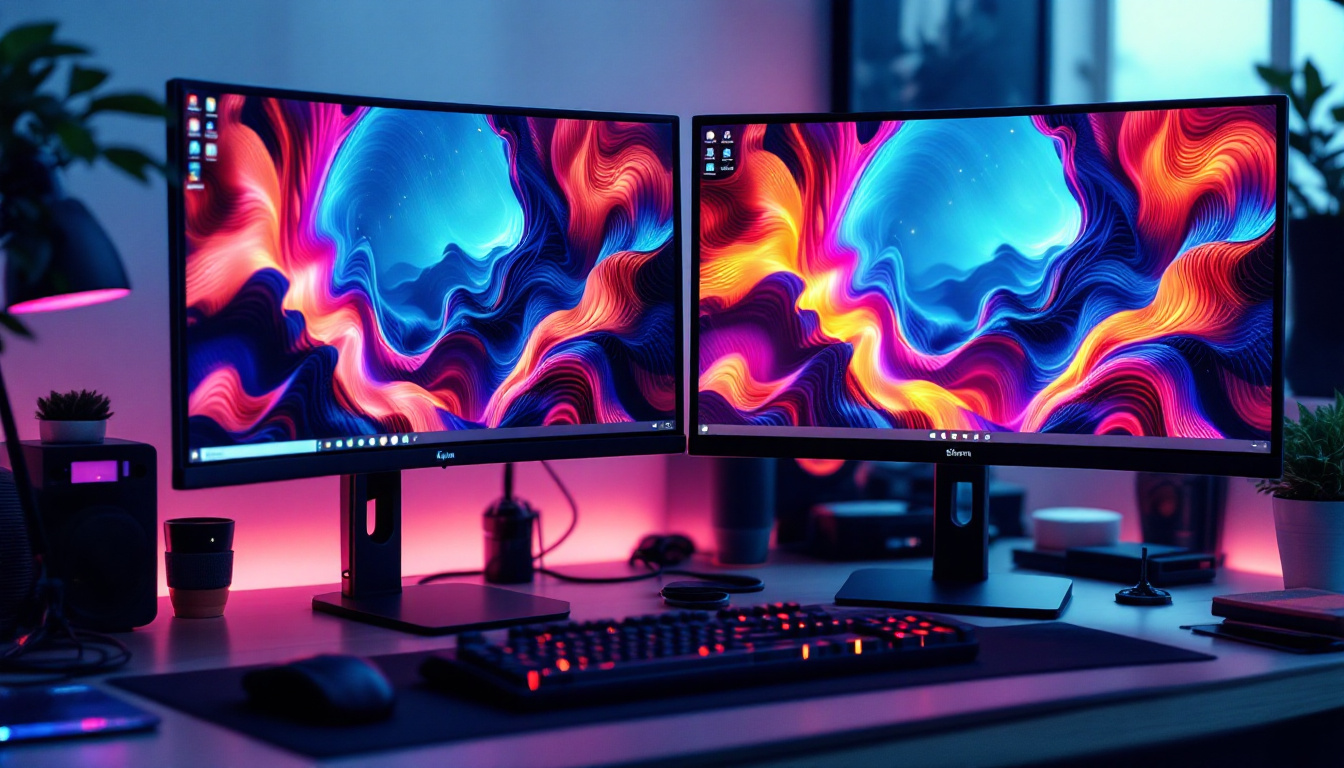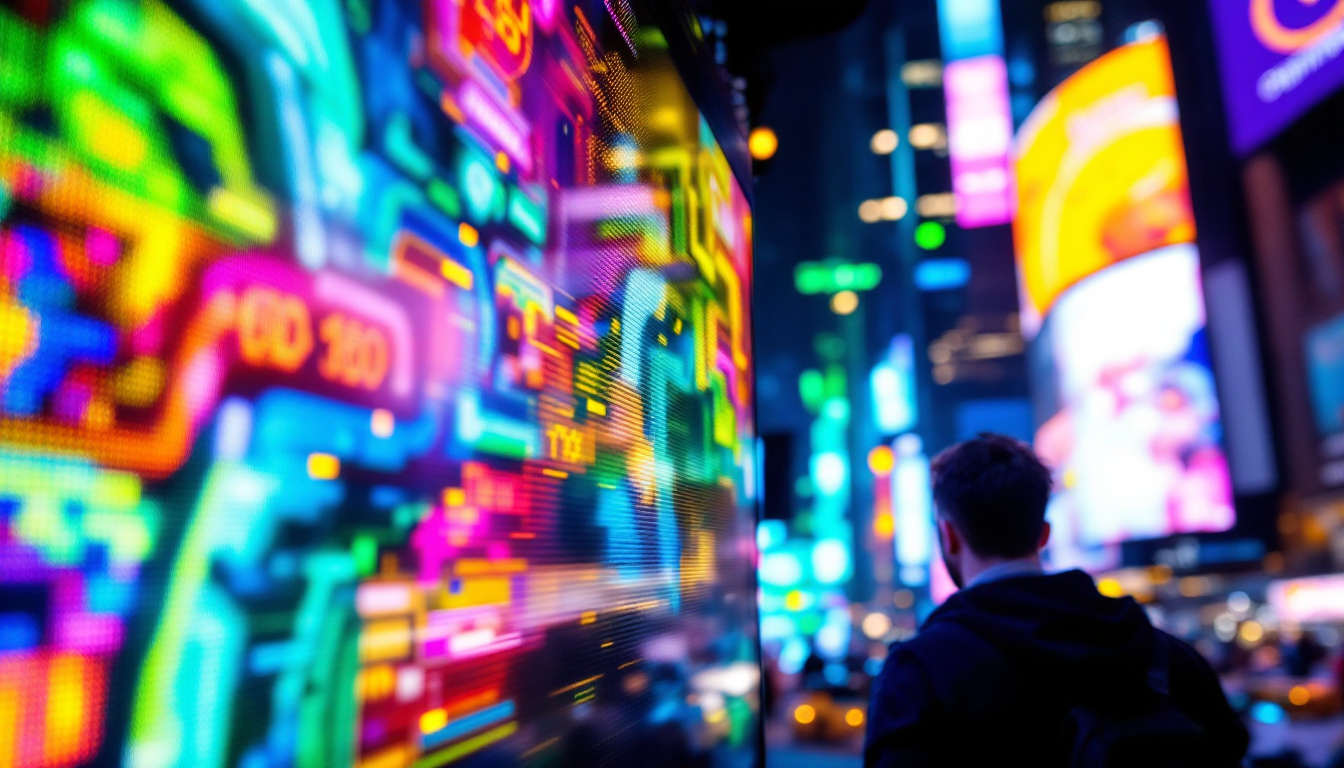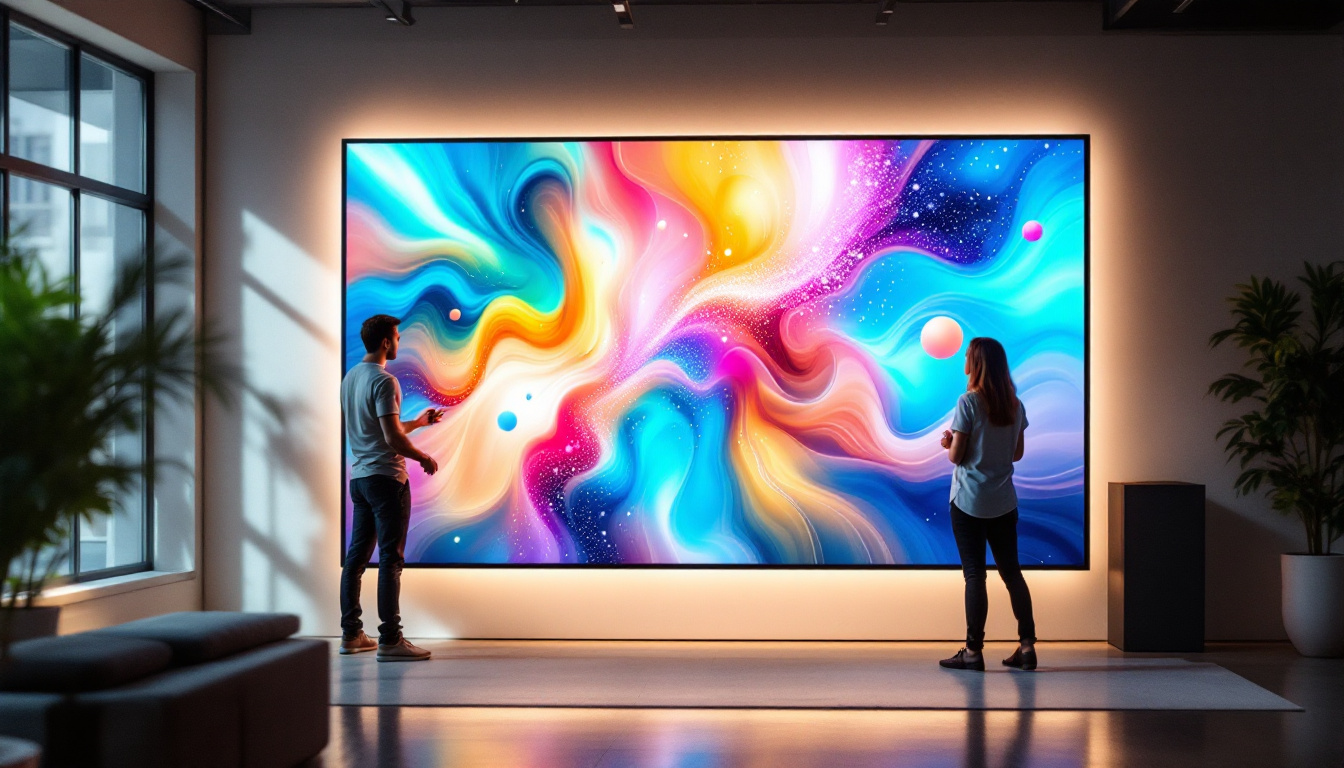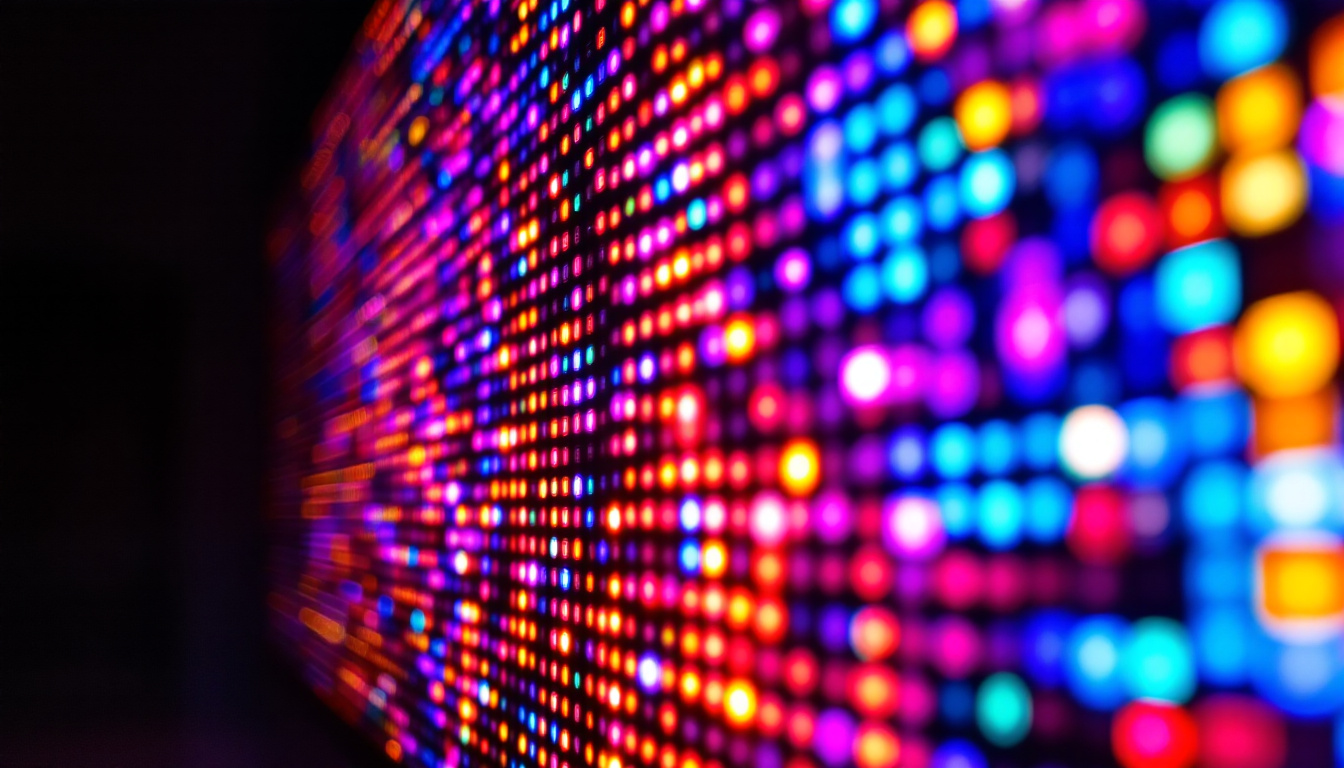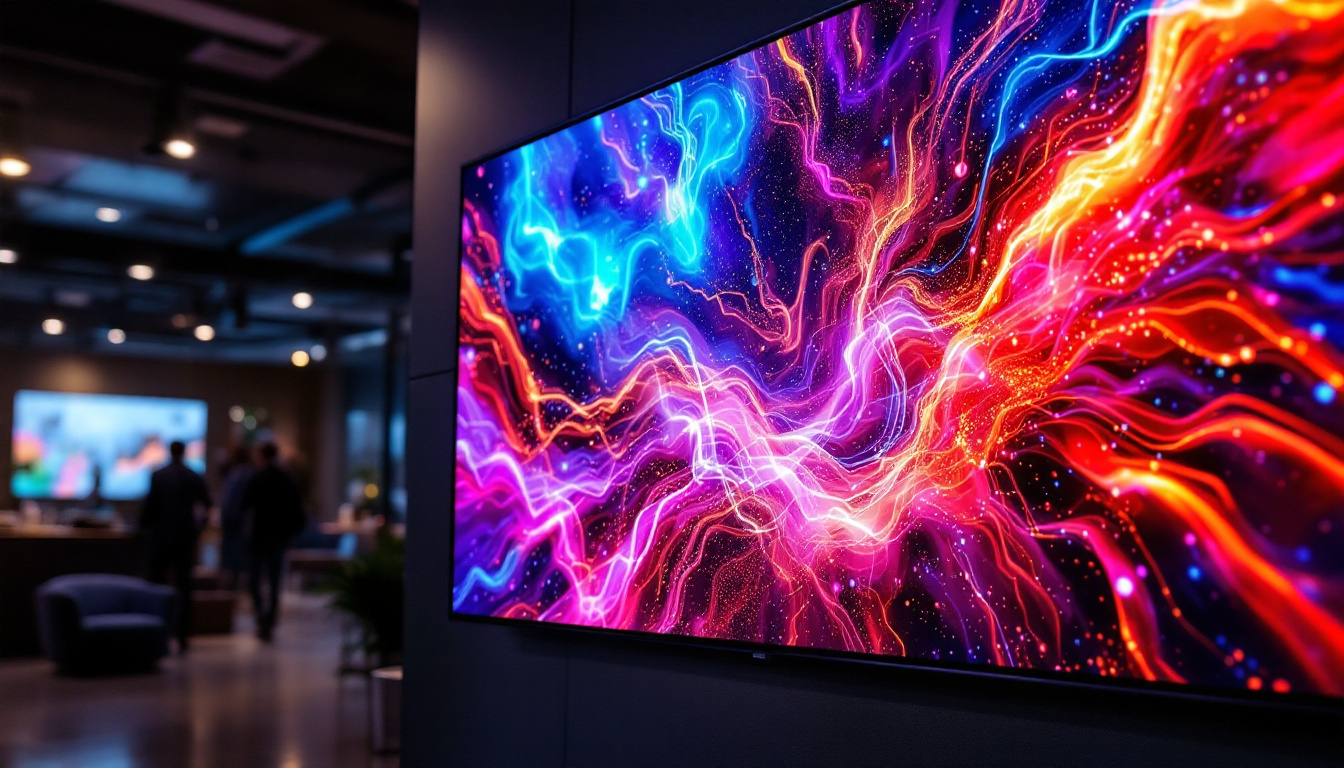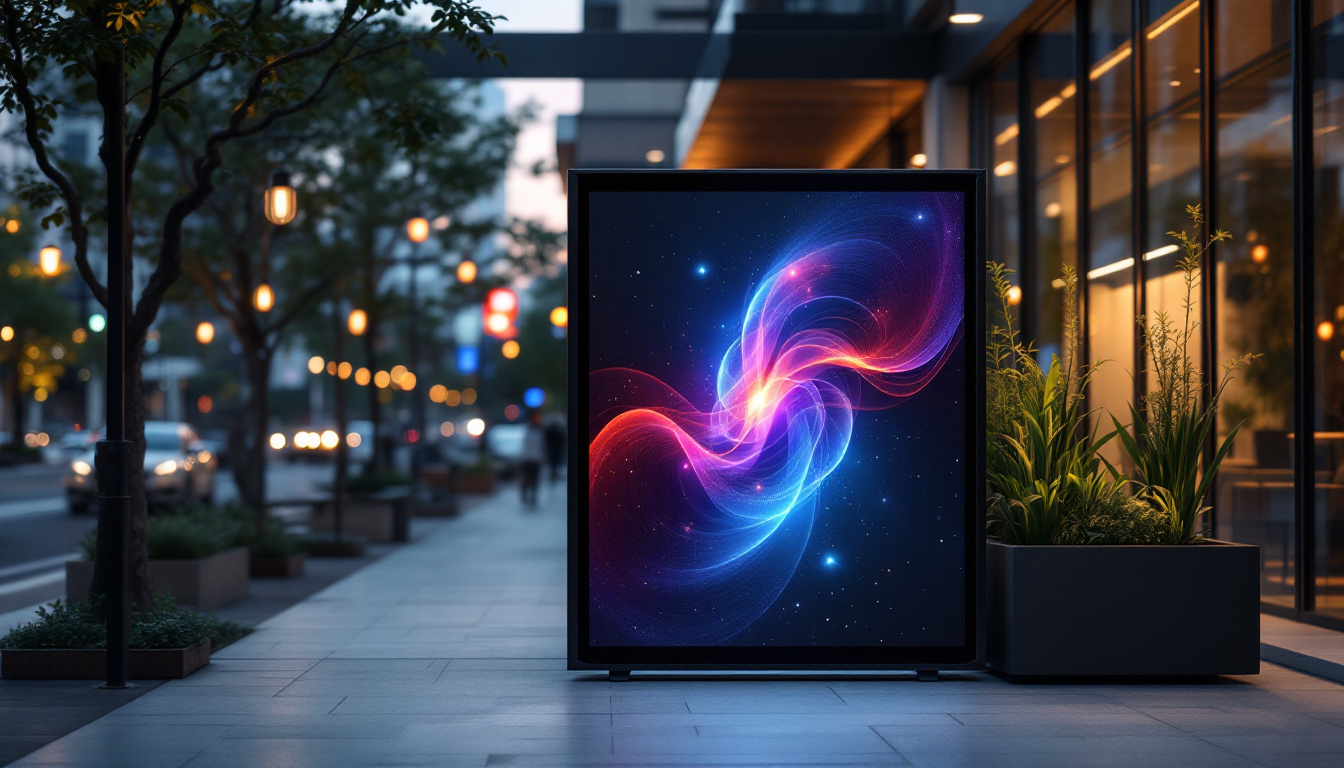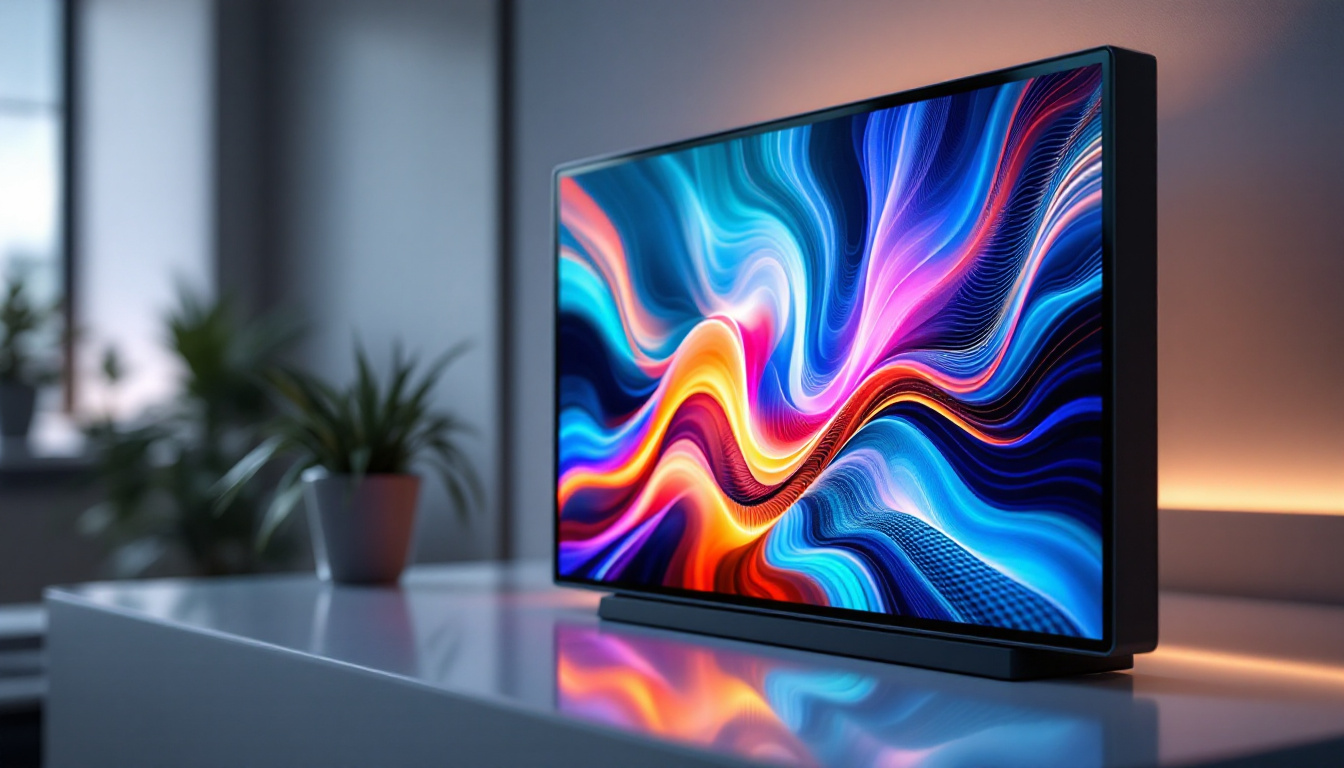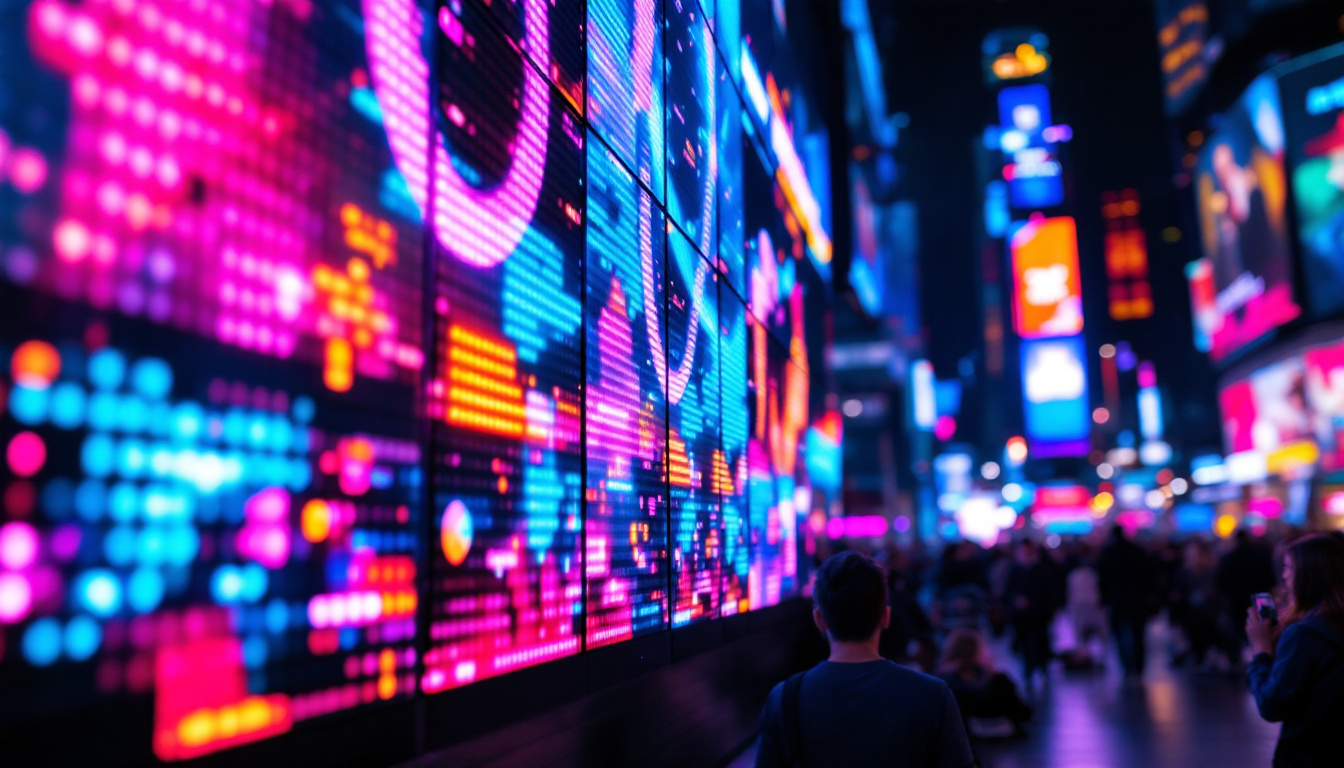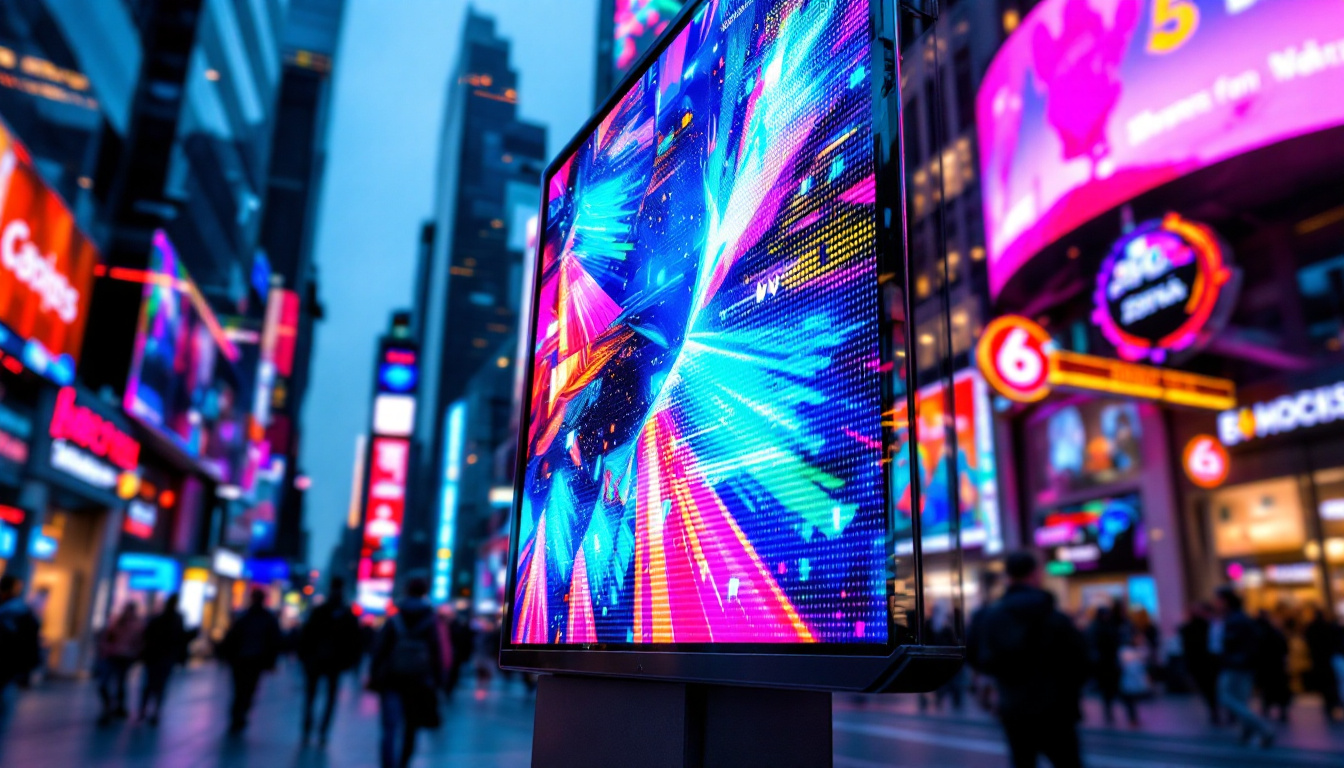In the realm of modern television technology, LED displays have emerged as a dominant force, captivating audiences with their vibrant colors, sharp images, and energy efficiency. This article delves into the intricacies of LED displays, exploring how they work, their advantages, and the various types available on the market today.
Understanding LED Technology
LED, or Light Emitting Diode, is a semiconductor device that emits light when an electric current passes through it. This technology has revolutionized the way displays are created, offering a compact and efficient alternative to traditional display technologies like LCD and plasma. LEDs are not only energy-efficient but also have a longer lifespan, making them an environmentally friendly choice for consumers and manufacturers alike. As a result, the adoption of LED technology has surged across various industries, from automotive lighting to architectural illumination.
How LED Displays Work
At the core of an LED display is a matrix of tiny LEDs that work together to create images. Each LED can emit different colors, allowing for a wide spectrum of hues when combined. The basic principle involves controlling the intensity of light emitted by each LED, which is managed by a sophisticated driver circuit. This enables the display to produce high-quality images with exceptional clarity. The precision in color mixing is achieved through the use of red, green, and blue (RGB) LEDs, which can be adjusted in brightness to create any color in the visible spectrum.
LED displays can be categorized into two main types: direct-lit and edge-lit. Direct-lit displays have LEDs placed directly behind the screen, providing uniform brightness across the entire display. Edge-lit displays, on the other hand, have LEDs positioned along the edges of the screen, using light guides to distribute the light evenly. Each type has its own advantages and is suited for different applications. For instance, direct-lit displays are often preferred for environments where color accuracy is critical, while edge-lit displays are favored for their slim profile and lighter weight, making them ideal for wall-mounted installations.
The Evolution of LED Displays
The journey of LED technology began in the early 1960s, primarily used for indicator lights and simple displays. Over the decades, advancements in materials and manufacturing processes have led to the development of full-color LED displays. Today, they are commonplace in televisions, smartphones, and large-scale advertising boards. The integration of smart technology has further enhanced the functionality of LED displays, allowing for features such as touch sensitivity and interactive capabilities, which have transformed user experiences in retail and entertainment settings.
As technology has progressed, the size and resolution of LED displays have also improved. Modern displays boast ultra-high-definition (UHD) resolutions, providing viewers with an immersive experience that was once unimaginable. Additionally, innovations such as flexible LED screens and transparent displays are pushing the boundaries of what is possible, enabling new applications in design and architecture. These advancements not only enhance visual appeal but also open up new avenues for creativity, allowing designers to integrate displays seamlessly into their environments.
Advantages of LED Displays
LED displays offer a multitude of benefits that make them increasingly popular among consumers and manufacturers alike. From energy efficiency to superior image quality, these advantages contribute to the widespread adoption of LED technology in various applications.
Energy Efficiency
One of the most significant advantages of LED displays is their energy efficiency. Compared to traditional display technologies, LED screens consume considerably less power. This not only reduces electricity bills but also contributes to a lower carbon footprint, making LED displays an environmentally friendly choice.
Furthermore, the longevity of LED technology means that these displays can last significantly longer than their predecessors. This durability translates to fewer replacements and less waste, further enhancing their appeal from a sustainability perspective. In fact, many LED displays are rated to last over 50,000 hours, which means they can operate for years without the need for replacement. This extended lifespan not only benefits the environment but also provides consumers with a better return on investment, as they won’t need to frequently purchase new screens.
Superior Image Quality
The image quality produced by LED displays is often superior to that of other technologies. With deeper blacks, brighter whites, and a wider color gamut, LED displays can reproduce images with remarkable accuracy. This is particularly evident in high-definition content, where the details and colors come to life, providing an unparalleled viewing experience.
Additionally, LED displays offer faster refresh rates, which is crucial for action-packed scenes in movies and sports broadcasts. This capability minimizes motion blur, ensuring that viewers can enjoy smooth and fluid visuals. Moreover, the ability of LED displays to maintain consistent brightness and color accuracy across different viewing angles makes them ideal for both personal and professional settings. Whether in a home theater or a corporate presentation, the clarity and vibrancy of LED screens enhance the overall experience, making every detail pop. As technology continues to advance, we can expect even more improvements in LED display capabilities, further solidifying their position as a leading choice in the display market.
Types of LED Displays
LED displays come in various forms, each designed for specific applications and environments. Understanding the different types can help consumers make informed decisions based on their needs and preferences.
Standard LED Displays
Standard LED displays are the most common type found in televisions and monitors. They utilize a combination of red, green, and blue LEDs to produce a full spectrum of colors. These displays are suitable for general viewing purposes, offering a good balance between performance and cost.
OLED and QLED Technologies
Within the LED category, two advanced technologies have gained prominence: OLED (Organic Light Emitting Diode) and QLED (Quantum Dot Light Emitting Diode). OLED displays utilize organic compounds that emit light, allowing for individual pixel illumination. This results in deeper blacks and a higher contrast ratio, making OLED a preferred choice for cinematic experiences.
On the other hand, QLED displays use quantum dots to enhance color accuracy and brightness. By incorporating a layer of quantum dots in conjunction with traditional LED technology, QLED displays can achieve vibrant colors and impressive brightness levels, making them ideal for bright viewing environments.
MicroLED Displays
MicroLED technology represents the next frontier in display innovation. This cutting-edge technology utilizes microscopic LEDs to create individual pixels, resulting in exceptional image quality and brightness. MicroLED displays are modular, allowing for customizable sizes and shapes, making them suitable for a variety of applications, from large-scale installations to personal devices.
While still in the early stages of commercialization, MicroLED displays hold great promise for the future of television technology, potentially offering the best of both OLED and traditional LED displays.
Choosing the Right LED Display
When selecting an LED display, several factors should be taken into consideration to ensure that the chosen model meets the user’s needs and preferences. Understanding these factors can help streamline the decision-making process.
Screen Size and Resolution
Screen size and resolution are critical components of any display. Larger screens provide a more immersive experience, especially for movies and gaming. However, the resolution also plays a significant role in image quality. Higher resolutions, such as 4K and 8K, offer more detail and clarity, making them ideal for larger screens.
When choosing a screen size, consider the viewing distance. A larger screen may be preferable for a spacious living room, while a smaller screen may be more suitable for a bedroom or office. Balancing size with resolution ensures that viewers can enjoy the best possible image quality.
Viewing Environment
The environment in which the display will be used also influences the choice of LED technology. For bright rooms with ample natural light, displays with higher brightness levels, such as QLED, are recommended. Conversely, for darker environments, OLED displays can provide superior contrast and depth.
Additionally, consider the angle from which the display will be viewed. Some LED technologies, such as OLED, offer better viewing angles, ensuring that colors and brightness remain consistent even when viewed from the side.
Future of LED Displays
The future of LED display technology is bright, with ongoing research and development promising even more advanced features and capabilities. As consumer demands evolve, manufacturers are continuously innovating to enhance the viewing experience.
Advancements in Display Technology
Future advancements in LED technology may include improved energy efficiency, enhanced color accuracy, and even greater resolutions. Researchers are exploring new materials and techniques that could lead to displays that are thinner, lighter, and more versatile than ever before.
Moreover, the integration of artificial intelligence and machine learning into display technology can lead to smarter displays that adapt to their environment, optimizing brightness and color based on surrounding conditions.
Integration with Smart Home Technology
As the smart home trend continues to grow, LED displays are likely to play a central role in home automation systems. Future displays may feature enhanced connectivity options, allowing them to seamlessly integrate with other smart devices. This could lead to interactive displays that respond to voice commands or adjust settings based on user preferences.
Conclusion
LED displays have transformed the landscape of television technology, offering consumers a combination of energy efficiency, superior image quality, and versatility. As advancements continue to emerge, the future of LED displays promises even more exciting developments. Whether for casual viewing or immersive cinematic experiences, understanding the intricacies of LED technology empowers consumers to make informed choices that enhance their viewing experiences.
With a variety of types and technologies available, there is an LED display to suit every need and preference. As technology evolves, staying informed about the latest trends and innovations will ensure that consumers can enjoy the best that LED displays have to offer.
Discover LumenMatrix’s Innovative LED Solutions
Ready to elevate your visual experience with the latest in LED technology? Look no further than LumenMatrix, a pioneer in crafting LED display modules that bring your content to life. Whether you’re in need of an Indoor LED Wall Display for a corporate event, an Outdoor LED Wall Display for high-impact advertising, or any of our specialized solutions like Vehicle LED Displays and LED Sports Displays, LumenMatrix has you covered. Our mission is to transform visual communication with digital signage that engages and captivates. Check out LumenMatrix LED Display Solutions today and see how we can help you make a powerful statement.

